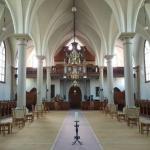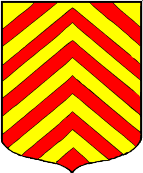
The most famous Village of the three Egmond.
Prominent on the boulevard stands
Jan van Speyk lighthouse
which can be seen from the entire village.
The village offers vacationers plenty of entertainment. Terraces, restaurants, and a
shopping area
with something for everyone. Every week in summer there is an event with lots of village entertainment from which you can relax on the Pump Square from a terrace to enjoy.
The stores are open 7 days a week all year round and easily accessible to everyone.
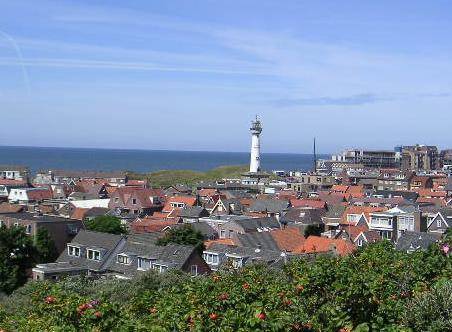
The sea and water
In Egmond aan Zee, people have traditionally fought against the water. Over the centuries, parts of the village regularly disappeared into the sea, as in the 18th century
The sea also brought much prosperity, for the inhabitants of Egmond aan Zee earned their living mainly from fishing. They sailed the sea with the Pinck and bomschuiten, ship types that could be easily pulled onto the beach.
In the early 20th century, with the rise of steam trawlers, many Egmonders moved to IJmuiden and settled there. Much is still reminiscent of Egmond’s fishing past, such as the so-called fishermen’s houses and the fishing monument.
The Prince Henry Foundation
is a landmark building and was originally a shelter for former sailors. The Museum of Egmond presents a picture of its history. The circular walk, organized by the Historic Egmond Foundation, also showcases the past.
Egmond aan Zee has been very popular with tourists from the beginning of the last century who came mainly for the healthy sea air. Especially from the big cities, young children were guests in one of the many colony houses. Towering high above the village is the 1834 Jan van Speijk lighthouse. This tower was chosen as the J.C.J van Speyk monument in 1838, in memory of the Lieutenant Commander, who preferred to fly into the air rather than surrender his ship to the enemy, the Belgians. He lit the supply of gunpowder on board on Feb. 5, 1831. In addition to Van Speyk, 25 other crew members and several Belgians also died in the blast.
Just down the road is the modern rescue station of the rescue company KNRM. Egmond Lifeboat Station has been involved in several famous coastal strandings.
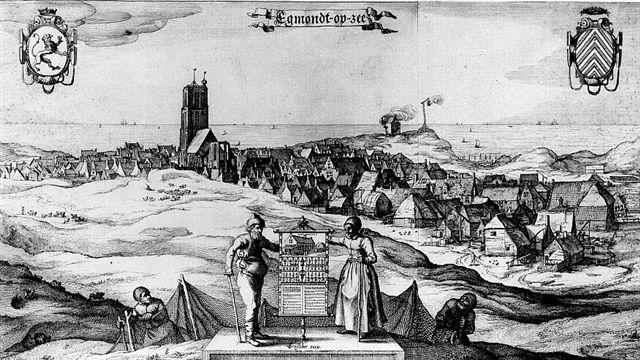
History
The year 977 is often cited as the founding year of Egmond aan Zee.
Then Walgerus, a gentleman farmer from Egmond-Binnen, is said to have had ten houses built by the sea. These houses were intended for some poor families, who were allowed to live there for nothing. They were allowed to fish in the sea, and the only condition set by this Walgerus was that they would give up ten percent of their fishing to the abbey in Egmond-Binnen.
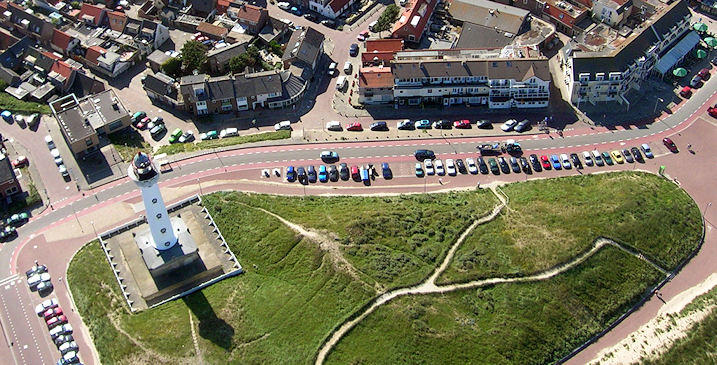
Present tense
Jan. 1, 2001: Bergen,and Schoorl merge to form the new municipality of Bergen. This creates a municipality with 21 kilometers of coastline, a varied landscape of beach, dunes, sea, forests and fields, and a rich cultural past and present.
If you as a sympathizer want more involvement in Egmond aan Zee of search a on google for the website of Village Association Egmond Pearl of the Sea




